
Course Introduction:Composer.json's autoload configuration is used to automatically load PHP classes, avoiding manual inclusion of files. Use the PSR-4 standard to map the namespace to a directory, such as "App\":"src/" means that the class under the App namespace is located in the src/ directory; classmap is used to scan specific directories to generate class maps, suitable for legacy code without namespace; files are used to load a specified file each time, suitable for function or constant definition files; after modifying the configuration, you need to run composerdump-autoload to generate an automatic loader, which can be used in the production environment --optimize or --classmap-
2025-06-12 comment 0 645
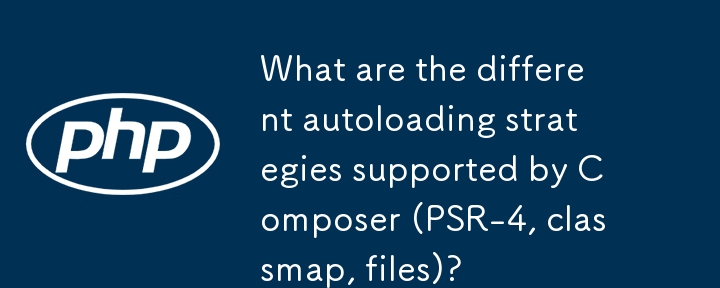
Course Introduction:Composer's automatic loading strategies are mainly three: PSR-4, classmap and files. 1. PSR-4 is suitable for modern PHP projects that follow namespace specifications. It automatically loads by mapping namespaces to directories, supports subdirectories and does not need to list files manually; 2. classmap is used to load classes that do not comply with PSR-4 naming specifications, such as legacy code or multi-class files. Composer will scan the mapping table of the specified directory to generate class names to paths, and needs to run composerdump-autoload after adding or renaming the class; 3. files are used to explicitly include PHP files that need to be loaded unconditionally at each request, suitable for defining global functions,
2025-08-12 comment 0 244

Course Introduction:To generate hash values using Java, it can be implemented through the MessageDigest class. 1. Get an instance of the specified algorithm, such as MD5 or SHA-256; 2. Call the .update() method to pass in the data to be encrypted; 3. Call the .digest() method to obtain a hash byte array; 4. Convert the byte array into a hexadecimal string for reading; for inputs such as large files, read in chunks and call .update() multiple times; it is recommended to use SHA-256 instead of MD5 or SHA-1 to ensure security.
2025-07-30 comment 0 658
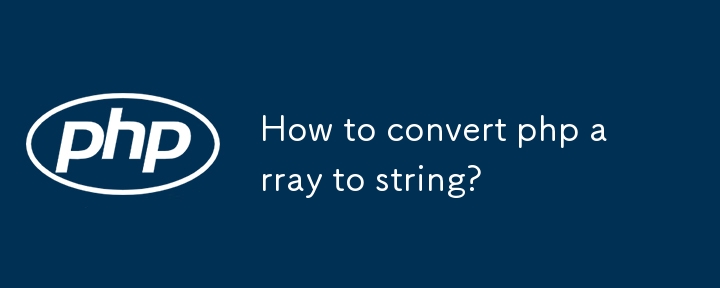
Course Introduction:To convert PHP arrays into strings, the most common method is to use the implode() function 1.implode() accepts connectors and arrays as parameters, and concatenates array elements into strings with specified characters; 2. For multi-dimensional arrays, they must be "flattened" into one-dimensional arrays through array_column() or recursively before converting; 3. To preserve the key-value pair relationship, you can use http_build_query() to generate a string in the form of URL query parameters; in addition, before processing, you should ensure that the array elements are of string type, and if necessary, you can use array_map('strval',$array) to convert.
2025-07-02 comment 0 867
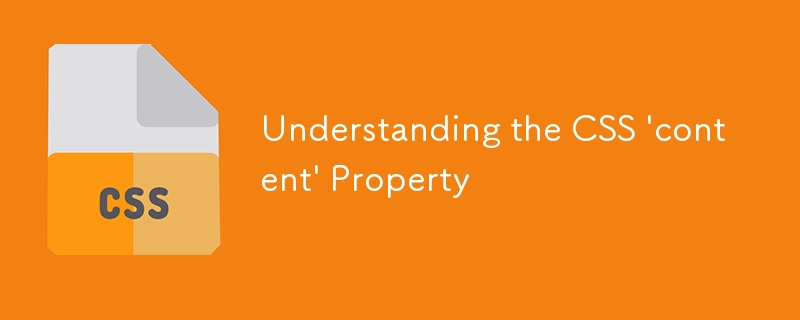
Course Introduction:Core points The CSS content property works with the ::before and ::after pseudo-elements to insert generated content into a web page. It supports a variety of values, including normal, counter, attr, string, open-quote, url, initial, and inherit. The content property can be used to insert values ??of text, encoded characters, media files, and even counters. For example, the attr() function can be used to insert the value of a specified attribute. The open-quote or close-quote value uses the content attribute to generate open or closed quotes. no-open-qu
2025-02-25 comment 0 314

Course Elementary 13930
Course Introduction:Scala Tutorial Scala is a multi-paradigm programming language, designed to integrate various features of object-oriented programming and functional programming.
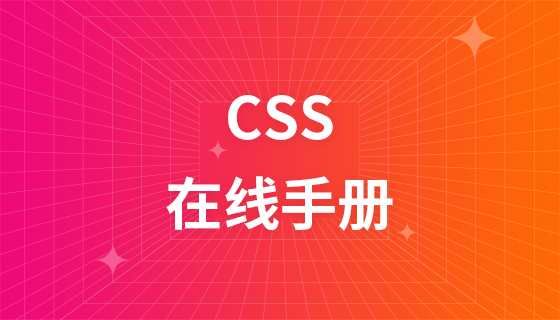
Course Elementary 82483
Course Introduction:"CSS Online Manual" is the official CSS online reference manual. This CSS online development manual contains various CSS properties, definitions, usage methods, example operations, etc. It is an indispensable online query manual for WEB programming learners and developers! CSS: Cascading Style Sheets (English full name: Cascading Style Sheets) is an application used to express HTML (Standard Universal Markup Language).
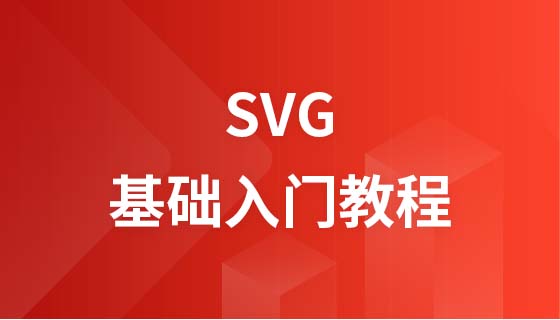
Course Elementary 13267
Course Introduction:SVG is a markup language for vector graphics in HTML5. It maintains powerful drawing capabilities and at the same time has a very high-end interface to operate graphics by directly operating Dom nodes. This "SVG Tutorial" is intended to allow students to master the SVG language and some of its corresponding APIs, combined with the knowledge of 2D drawing, so that students can render and control complex graphics on the page.
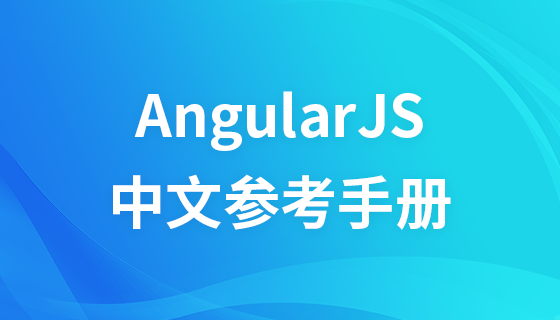
Course Elementary 24734
Course Introduction:In the "AngularJS Chinese Reference Manual", AngularJS extends HTML with new attributes and expressions. AngularJS can build a single page application (SPAs: Single Page Applications). AngularJS is very easy to learn.

Course Elementary 27568
Course Introduction:Go is a new language, a concurrent, garbage-collected, fast-compiled language. It can compile a large Go program in a few seconds on a single computer. Go provides a model for software construction that makes dependency analysis easier and avoids most C-style include files and library headers. Go is a statically typed language, and its type system has no hierarchy. Therefore users do not need to spend time defining relationships between types, which feels more lightweight than typical object-oriented languages. Go is a completely garbage-collected language and provides basic support for concurrent execution and communication. By its design, Go is intended to provide a method for constructing system software on multi-core machines.
Laravel Modal does not return data
2024-03-29 10:31:31 0 1 669
Can I use the automatic generation module of thinkphp5 in Windows 7 system? How to configure and use
2017-10-10 17:04:14 0 2 1459
2017-10-10 19:25:59 0 4 3013
To use mcrypt_get_key_size() in php study, how to enable mcrypt_
2017-10-10 19:47:34 0 1 1235
Detecting login status and preventing repeated login status in TP5 - My page is wrong
2017-10-10 22:49:15 0 0 1254